As of October, more than 200 large language models (LLMs) had been launched by Chinese companies and research institutes, leading to a fierce “fight” in the world's second-largest economy .
Competition is necessary to promote innovation, but in the specific context of Beijing, the rapid increase in the number of LLMs would be a huge waste of resources.
China's crowded AI market is hampered by lack of access to advanced chips, strict government regulations on sensitive topics, high development costs, and a deeply fragmented technology market.
Lack of computing power
“China faces many challenges in developing LLM as the technology gap with the West widens due to the emergence of GPT and Google's Gemini,” said Su Lian Jye, chief analyst at Omdia.
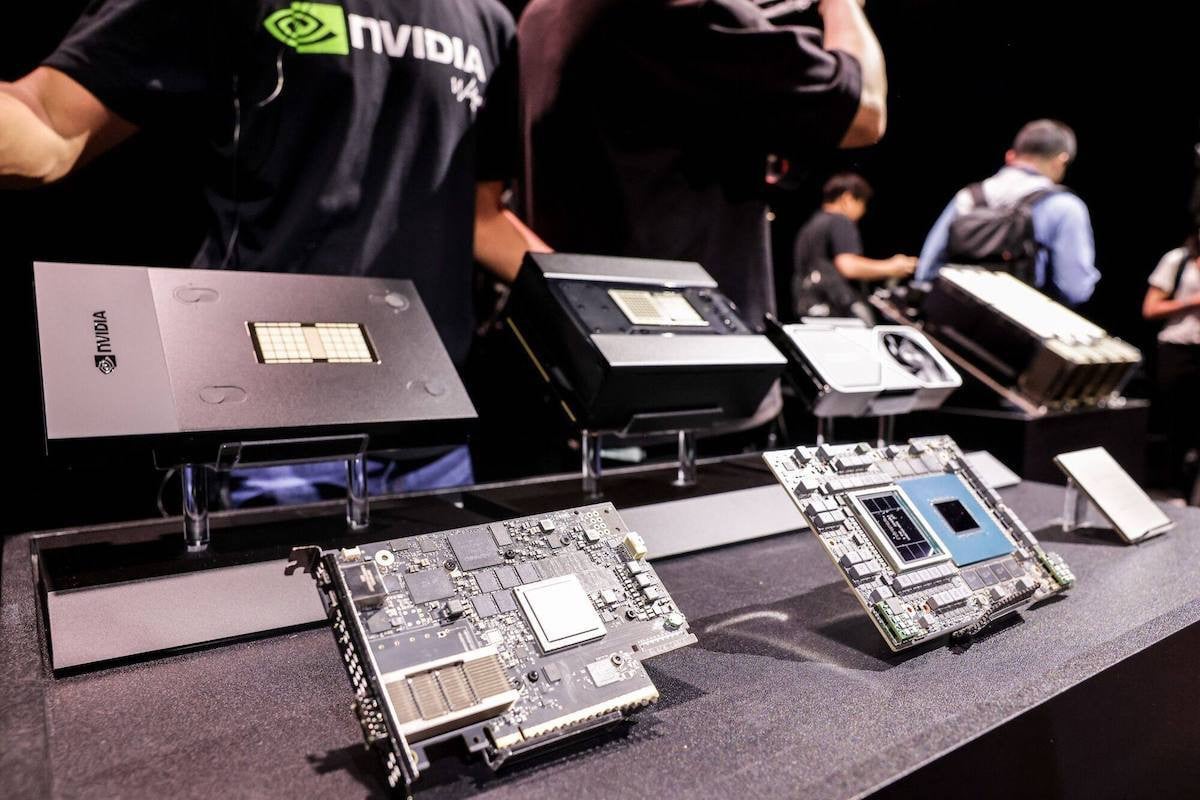
The biggest challenge is the lack of access to advanced graphics processing units (GPUs) from Nvidia due to US trade sanctions. These GPUs, such as Nvidia's H100, are considered the heart of the latest LLMs, largely determining how powerful the model is.
A month before OpenAI launched GPT, Washington imposed a national security ban on Beijing’s access to advanced chips like Nvidia’s H100 and A100. A year later, the US government further tightened restrictions on China-specific processors like the A800 and H800, threatening to ban any future alternatives.
Wang Shuyi, a professor specializing in AI and machine learning at Tianjin Normal University, said insufficient computing power is one of the main obstacles to the development of AI models in China.
“It will become increasingly difficult for China to access advanced chips,” Wang said. “Chinese companies do not lack money, but without computing power, they will not be able to fully utilize high-quality data sources.”
And with domestic companies still lagging in chip manufacturing, China is unlikely to overcome these limitations anytime soon.
Huge waste of resources
Robin Li Yanhong, co-founder and chief executive of search engine giant Baidu, said launching multiple competing LLMs in China is a “huge waste of resources” and companies should focus more on applications.
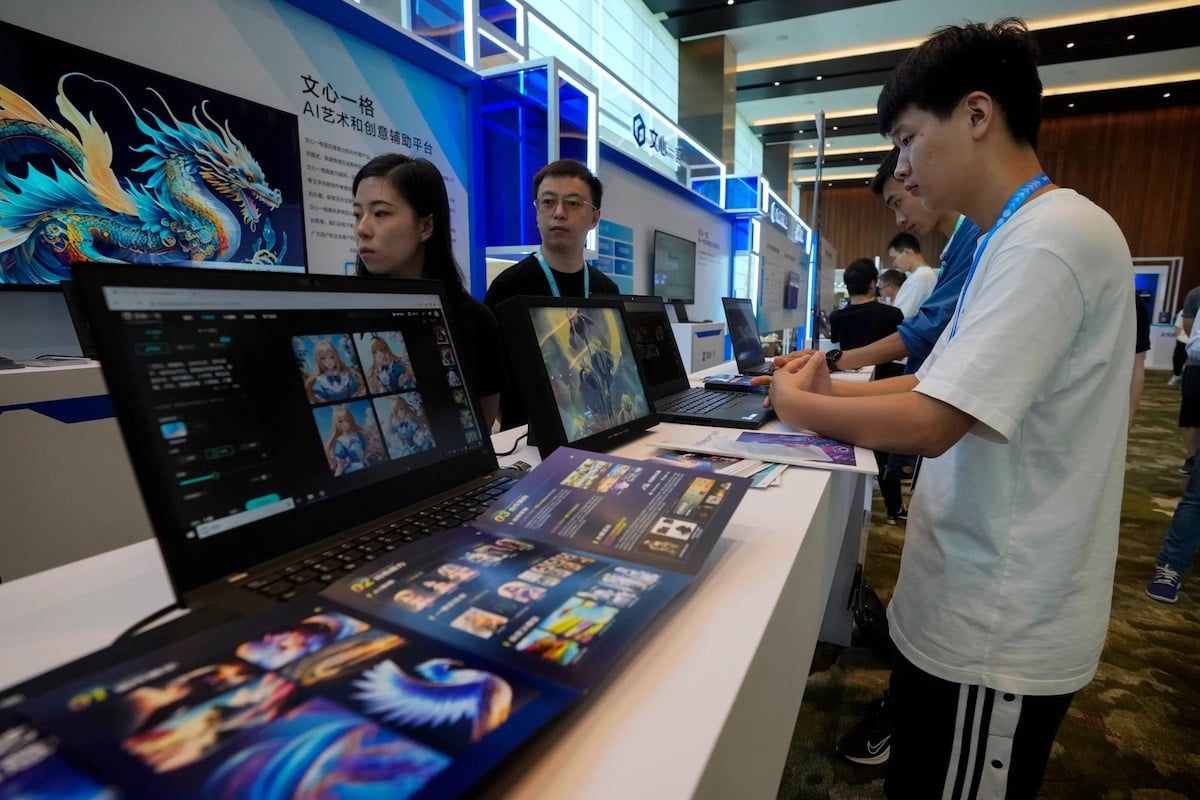
Wang Xiaochuan, CEO of AI startup Baichuan, said at a Tencent tech forum in Beijing that more companies should refrain from training their own models and “instead focus their efforts on finding commercially viable and scalable AI products by tapping existing models through the cloud.”
Meanwhile, Luo Yuchen, CEO of Shenzhen Yantu Intelligence and Innovation, assessed that “although no platform has emerged as dominant in terms of technology or market size at present,” model development should “continue because even GPT-4 may not be good enough to help companies solve daily tasks handled by humans.”
Limited data quality from the Mandarin-based internet compared to the English-speaking world could also be obstacles to Beijing's ambitions to become an AI powerhouse, according to Omdia's Su Lian Jye.
The differences in language structure between English and Chinese, coupled with political sensitivities between China and the West, mean there is a clear divide between the domestic and global markets for AI chatbot responses.
(According to SCMP)

The AI revolution is happening in China
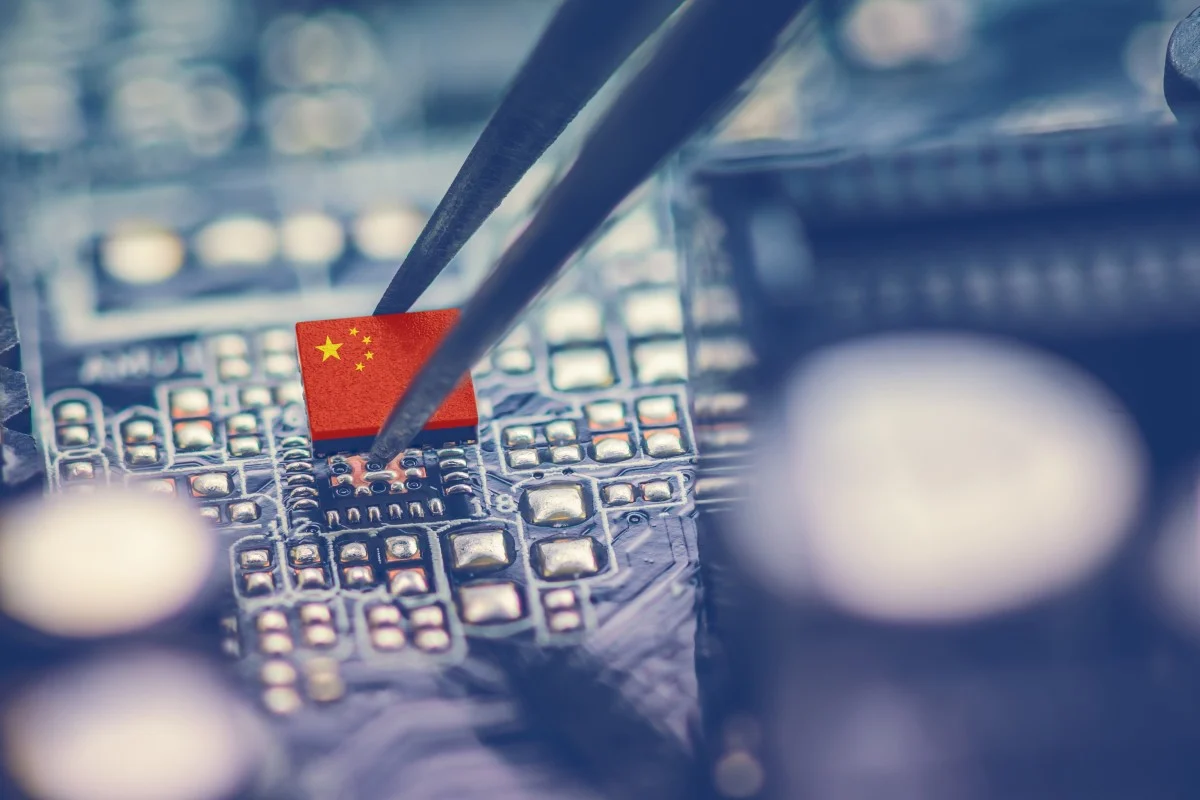
In 2020, China dominated 7 out of 10 strategic industries
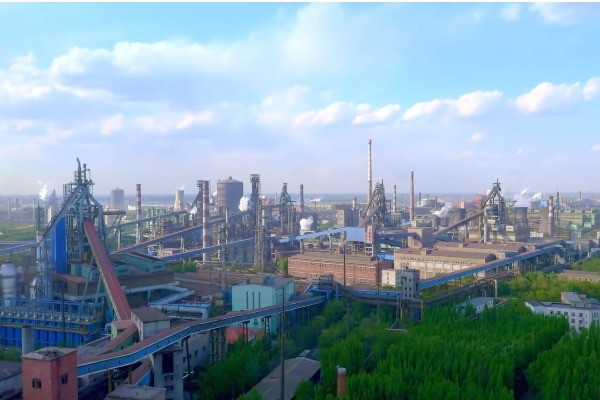
China's steel industry on the 'green road'
Source


![[Photo] VinUni students' emotions are sublimated with "Homeland in the Heart: The Concert Film"](/_next/image?url=https%3A%2F%2Fvphoto.vietnam.vn%2Fthumb%2F1200x675%2Fvietnam%2Fresource%2FIMAGE%2F2025%2F11%2F26%2F1764174931822_10-3878-jpg.webp&w=3840&q=75)



![[Photo] Close-up of heavy damage at the school located on the banks of the Ban Thach River](/_next/image?url=https%3A%2F%2Fvphoto.vietnam.vn%2Fthumb%2F1200x675%2Fvietnam%2Fresource%2FIMAGE%2F2025%2F11%2F26%2F1764152130492_ndo_bl_img-8188-8805-jpg.webp&w=3840&q=75)

















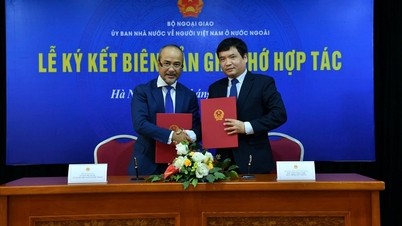









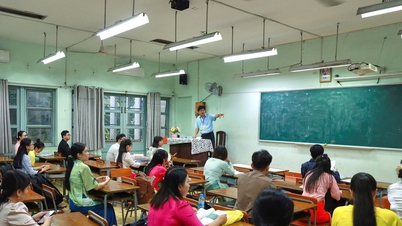
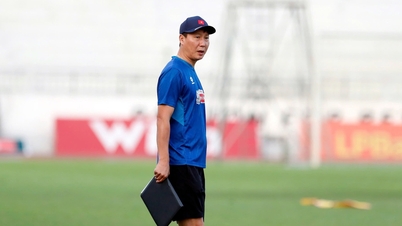













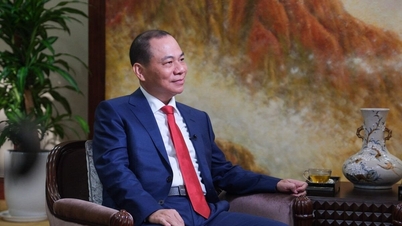











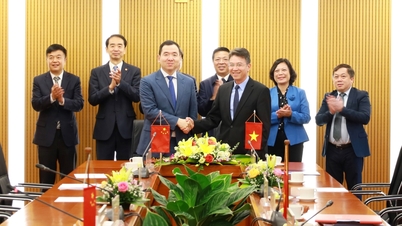





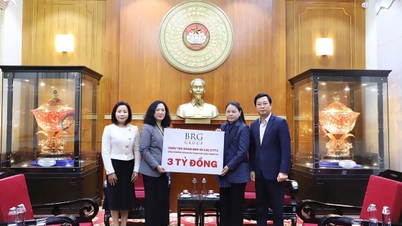











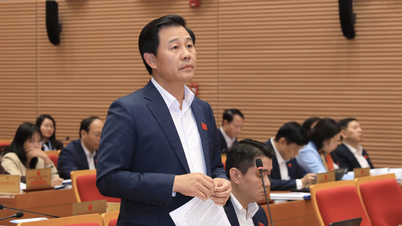
![[Photo] Opening of the 28th Session of the Hanoi People's Council](https://vphoto.vietnam.vn/thumb/402x226/vietnam/resource/IMAGE/2025/11/26/1764155991133_image.jpeg)




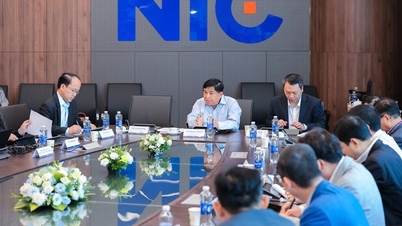



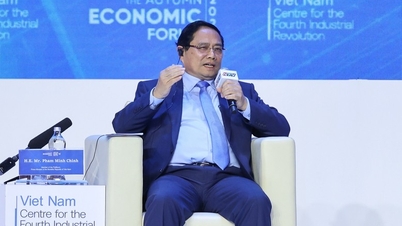



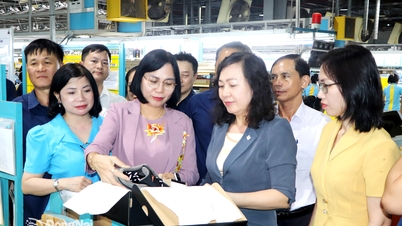



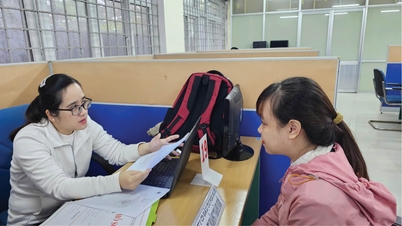



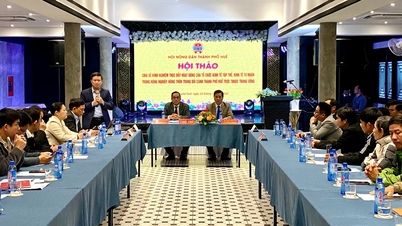









Comment (0)